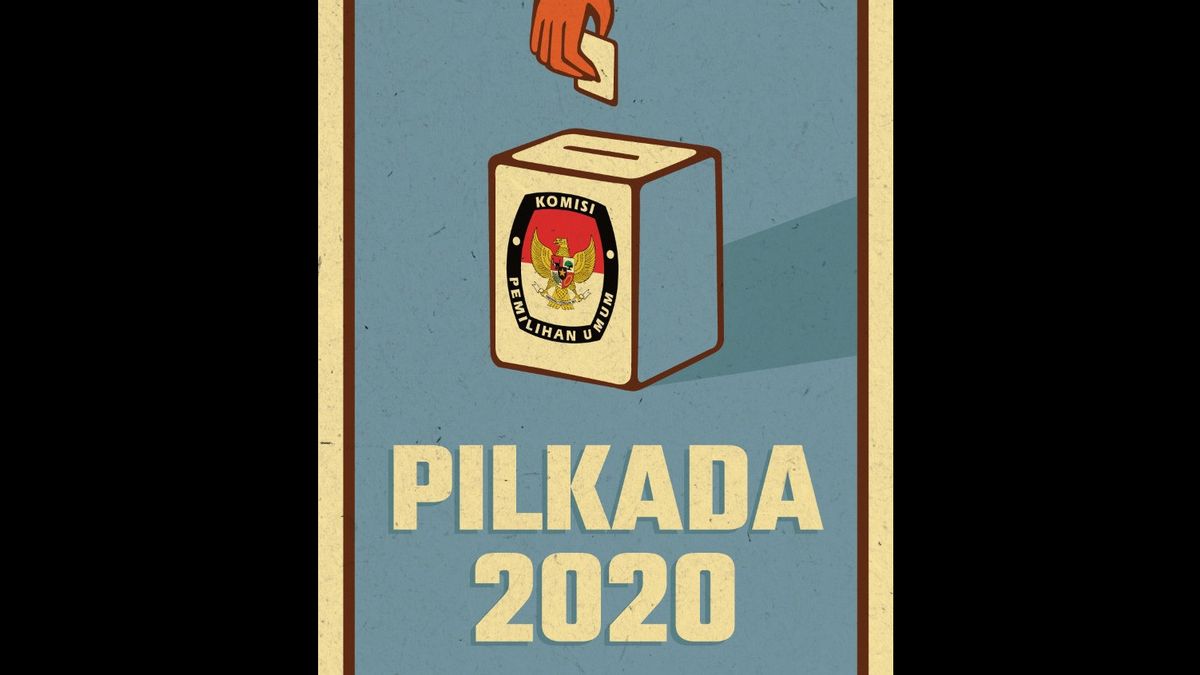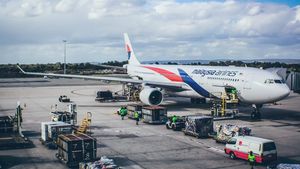JAKARTA - A number of civil society organizations participated in monitoring the voting and counting process at the 2020 Pilkada polling stations (TPS). These organizations consist of, Netgrit, Perludem, Code of Initiative, KISP, Netfid, JaDI, and Kemitraan.
Netgrit founder, Hadar Nafis Gumay, said that there were 64 respondents from various regions who gave statements regarding their monitoring of the use of the Sound Recapitulation Information System (Sirekap) application.
As a result, more than half of the respondents stated that there were obstacles in the use of Sirekap when reporting the results of the recapitulation of votes by polling organizers (KPPS).
"As many as 54.7 percent of the monitoring results of respondents admitted that there were problems with Sirekap at the TPS, 39.1 percent admitted that there were no obstacles, and 6.3 percent did not know," said Hadar in his statement, Monday, December 14.
Then, of the respondents who saw an obstacle, as many as 43.8 percent of respondents said the problem was that the Sirekap application could not be opened.
In addition, in the process of Photo Form Model C. The results of monitoring TPS-KWK showed 56.3 percent of respondents answered that there were repetitions of taking photos.
Furthermore, 57.8 percent of respondents' monitoring results answered that there were difficulties in sending Form C photos. Results of TPS KWK.
Hadar continued, the use of Sirekap in the 2020 Pilkada also had minimal socialization. "Based on monitoring data from 64 respondents, 76.6 percent of voters did not know about Sirekap and 56.3 percent of witnesses from candidate pairs did not know Sirekap," Hadar explained.
For information, Sirekap is an application that will be used by polling group officials (KPPS) to calculate the results of the election votes held in the midst of the COVID-19 pandemic.
In its use, the official vote recapitulation report (C1-KWK) that has been filled with the votes will be scanned in the Sirekap application via the KPPS cellphone.
The Sirekap application will display data from the C1-KWK input process. The KPPS officer then sends the photo results to the witness and the TPS supervisor in the form of a QR code.
The data is then aggregated from each TPS to sub-districts, sub-districts, to regencies / cities in the election for mayor / regent, or forwarded to the provincial level for gubernatorial elections.
The English, Chinese, Japanese, Arabic, and French versions are automatically generated by the AI. So there may still be inaccuracies in translating, please always see Indonesian as our main language. (system supported by DigitalSiber.id)










